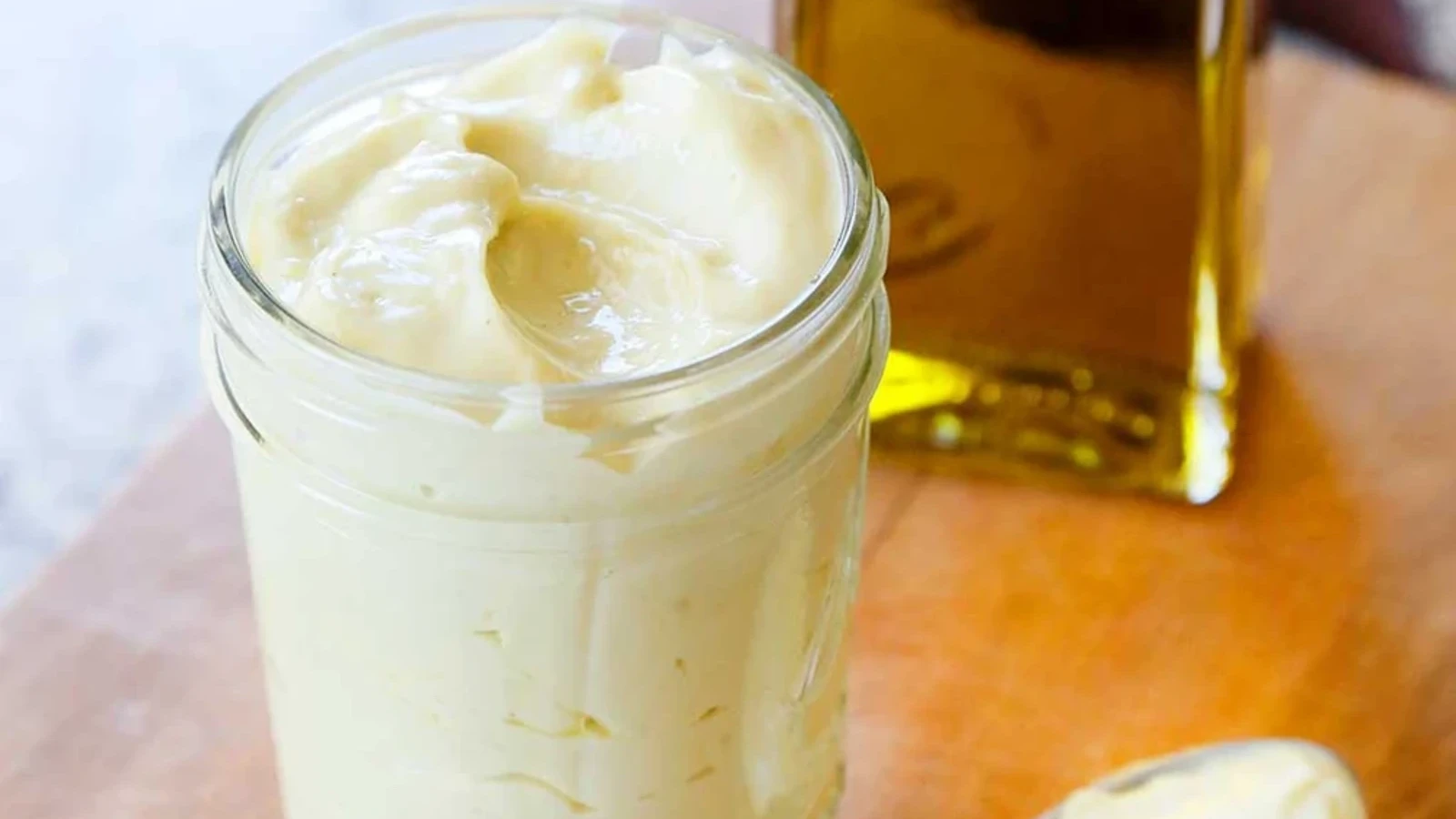How to Make Organic Mayonnaise? The Big Terrific Guide for BBQ Fans
Written By James Morgan
Are you a passionate barbecue enthusiast looking to elevate your grilling experience? Making your own organic mayonnaise might just be the life-changing addition to your condiment lineup. Not only does homemade organic mayonnaise taste better than store-bought versions, but it can also be healthier depending on the ingredients you choose. In this guide, well go over everything from the amazing health benefits of organic mayonnaise, to the best tips and tricks for creating your own at home.
Learning how to make organic mayonnaise is easier than you think. With just a few simple ingredients, youll be whipping up this creamy delight in no time. So roll up your sleeves and get ready to bring something remarkably delicious to your next barbecue gathering!

Why Choose Organic Mayonnaise?
Before diving into the how-tos, it's important to understand why organic mayonnaise is a fantastic choice for health-conscious individuals and barbecue fans alike.
- Health Benefits: Organic mayonnaise typically contains eggs from pasture-raised chickens, ensuring a better quality of nutrients compared to conventional options. For more information about the benefits of mayonnaise, visit mayonnaise facts.
- Fresh Taste: When you make mayonnaise at home, you control the freshness of the ingredients, allowing for a richer and more robust flavor that will amaze your guests.
- Customization: Organic mayonnaise is not only versatile, but you can also tailor it with additional flavors or spices to match your snacks.

Essential Ingredients for Organic Mayonnaise
To concoct your own organic mayonnaise, you will require the following ingredients:
- Organic Egg Yolks: The base of your mayonnaise must be high-quality egg yolks.
- Mustard: Adds a delightful zip. You can use Dijon or yellow mustard based on your taste preference.
- Vinegar or Lemon Juice: Key for acidity. While vinegar is traditional, lemon juice can offer a refreshing twist.
- Oil: Choosing a neutral oil like canola or light olive oil will give you the best results.
- Salt: To enhance the overall flavor.

Step-by-Step Guide to Making Organic Mayonnaise
Step 1: Prepare Your Ingredients
For this recipe, allow your organic egg yolks to reach room temperature. This is crucial for achieving the right emulsion. Have your mustard, vinegar or lemon juice, and salt ready. A hand mixer or food processor will also make this process smoother.
Step 2: Whisk Egg Yolks
Add 2 organic egg yolks to a mixing bowl. Use your hand mixer or whisk to blend them until they are light and frothy.
Step 3: Incorporate Mustard and Vinegar
Mix in one teaspoon of mustard and a tablespoon of vinegar or lemon juice. This combination aids in flavor and helps stabilize the mayonnaise.
Step 4: Gradually Add Oil
Now its time for the oil! Start adding a little bit of oil while continuously whisking. If youre using a food processor, drip the oil slowly through the lid's opening.
Step 5: Season and Adjust
Once the desired consistency is achieved, season your mayonnaise with salt. Feel free to incorporate additional spices or flavors, such as garlic or herbs, based on your preference.

Tips for Perfecting Your Mayonnaise
- Safety First: Use pasteurized eggs if you're concerned about raw egg consumption.
- Storage: Store your homemade mayonnaise in a clean, airtight container. It should remain fresh in the refrigerator for up to one week.
- Thinning Your Mayonnaise: If your mayonnaise is too thick, whisk in a few drops of water or vinegar until you reach your desired consistency.
Pairing Your Organic Mayonnaise with BBQ
Your organic mayonnaise will not only serve as a delicious condiment for sandwiches and salads but can also elevate various BBQ dishes.
- Coleslaw: Create a delicious coleslaw by mixing it with shredded cabbage and carrots.
- Deviled Eggs: Use it as a base for making creamy deviled eggs that wow your guests.
- Dips: Blend it into dips for veggies and chips, making a creamy experience.
Frequently Asked Questions
1. How long does homemade organic mayonnaise last?
Homemade mayonnaise can last up to one week in the fridge, provided it is stored in an airtight container.
2. What can I use instead of eggs in mayonnaise?
If you're looking for a vegan alternative, consider substituting the eggs with aquafaba, the liquid from canned chickpeas. There are even options for vegan mayonnaise.
3. Can I use flavored oils?
Absolutely! Flavorful oils, like garlic-infused or rosemary oil, can add a unique twist to your mayonnaise.
As an Amazon Associate, I earn from qualifying purchases.



